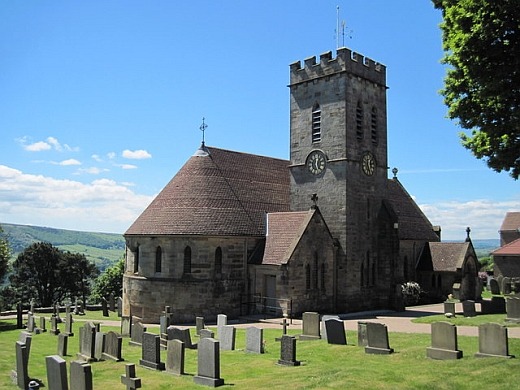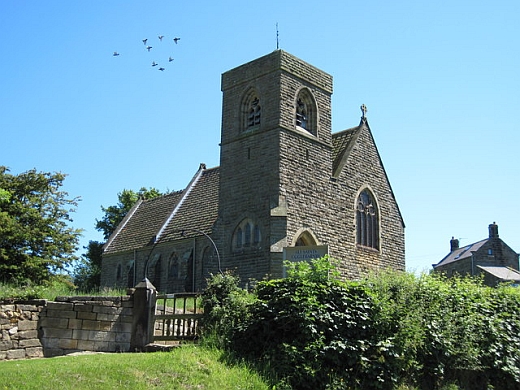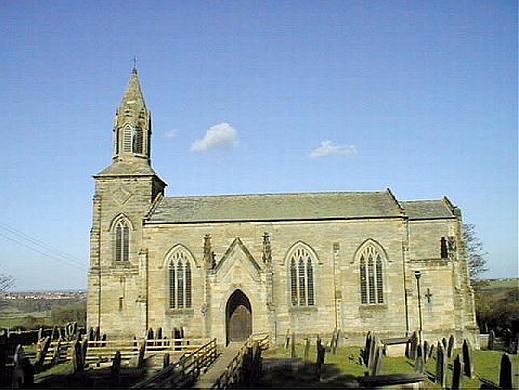Aislaby St Margaret
(N 54.4655, W -0.6792) Postcode: YO21 1SPThe village of Aislaby (pop. 243) lies about 3 miles WSW of Whitby. The stone to build Whitby Abbey and the Whitby piers came from here, and there has been a recorded place of worship in the village for eight or nine centuries. A previous church of 1732 has been converted into the Grade II listed village hall. The present church of St Margaret, also Grade II listed, was designed by E. H. Smales of Whitby and built in 1896–7. The fine stained glass is by Shrigley and Hunt, and by Curtis Ward and Hughes, including their 1905 depiction of the Transfiguration of Christ. The organ is a rare example by Peter Conache of Huddersfield. The churchyard holds the grave of the renowned local photographer Frank Meadow Sutcliffe (1853–1941)
The Deanery Synod Representative is Mrs Dorothy Hall.
More information may be found at:
http://www.acny.org.uk/19364


